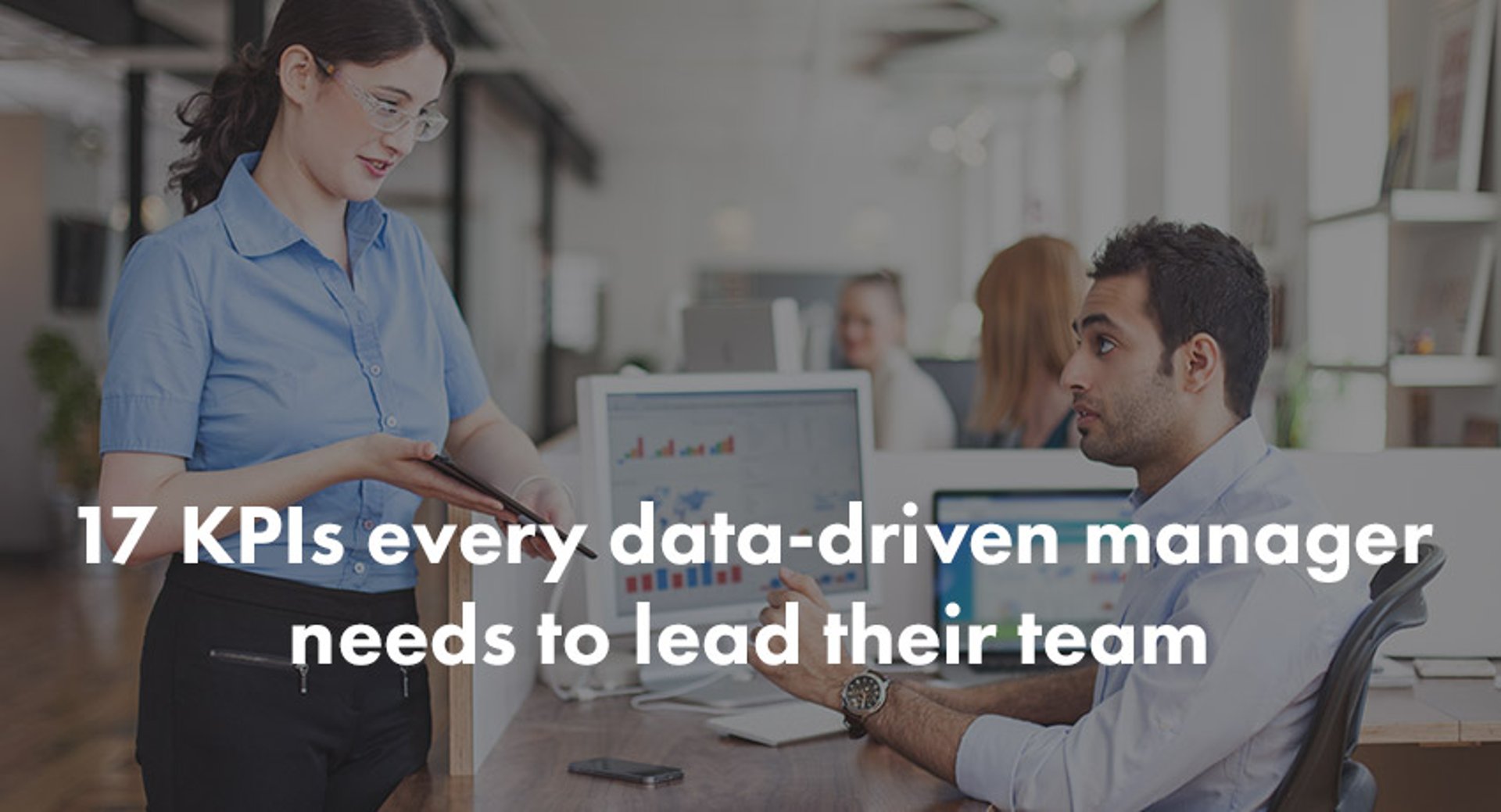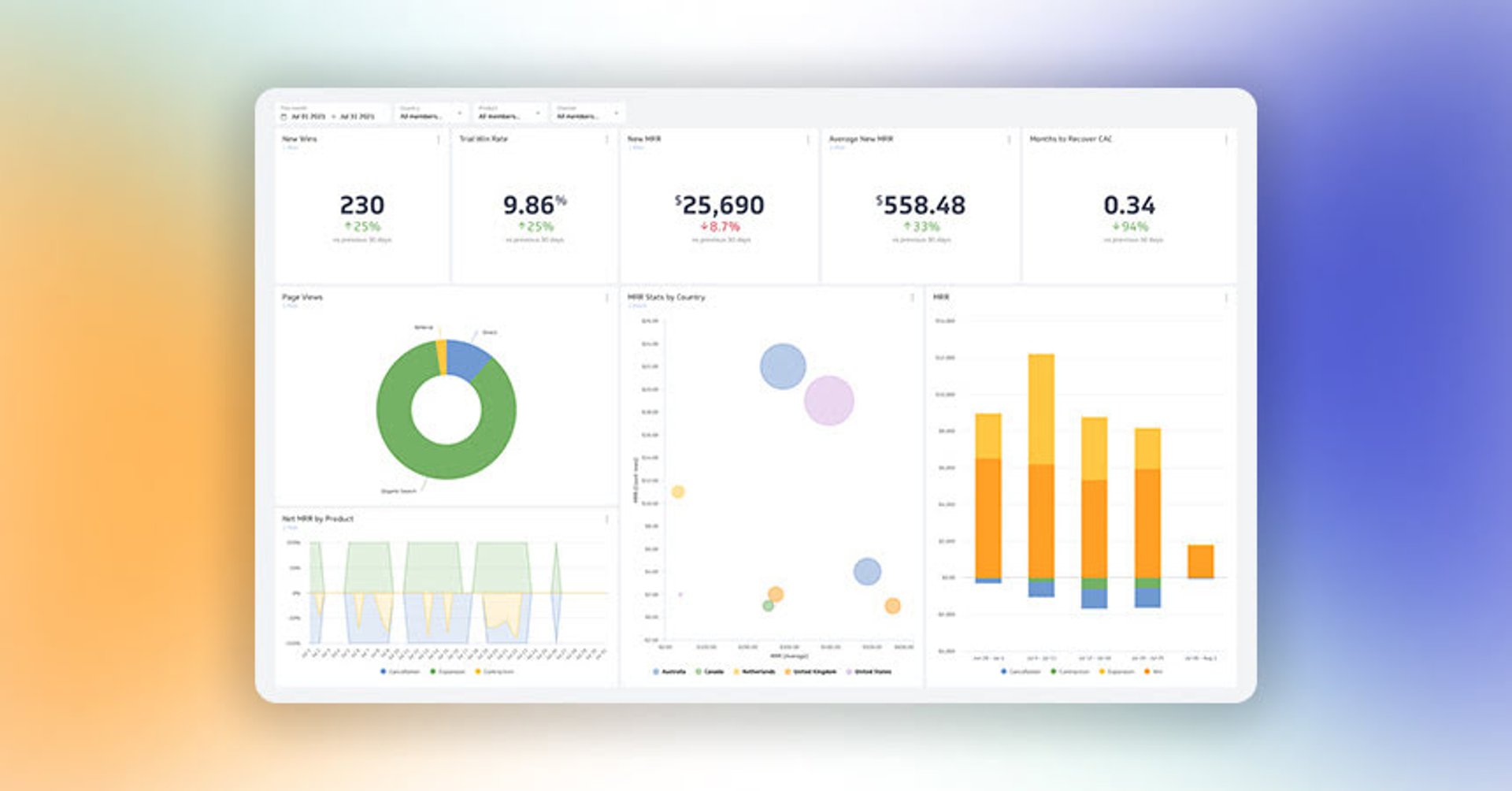How to Measure Impact: Essential KPIs for Non-Profits

Published 2025-08-14
Summary - Is your non-profit focused on the right metrics? While tracking donations is important, true success lies in measuring your impact. This guide will help you identify the key performance indicators (KPIs) that align with your core mission, enabling you to demonstrate influence and drive meaningful change.
The pressure to be data-driven is a familiar challenge for any organization. With business metrics more accessible than ever, it’s tempting to jump on the data bandwagon.
However, non-profits have often trailed their for-profit counterparts in adopting a data-first approach, creating a disadvantage in monitoring success and finding opportunities for improvement.
The good news? It doesn’t have to be this way. Non-profits have a massive opportunity to use data to drive performance. So, where should your non-profit start? By defining and tracking the right Key Performance Indicators (KPIs).
Measuring impact through KPIs
There are many ways to measure the success of a non-profit, but most of them revolve around a single theme: impact.
Imagine you’re a charity working to cure a disease. Your impact would be measured by the progress made toward a cure. Or, if you’re an advocacy organization, you’re likely focused on the impact you’re having on the public conversation or legislative outcomes.
However you describe it, the idea is the same. Success is measured by how much you alter the landscape beyond what would have happened if your organization didn’t exist.
How not to measure success for non-profits
Many non-profits are tempted to focus exclusively on revenue and donation metrics when choosing KPIs. This is understandable. Every organization needs money to operate, and non-profits are no different. Competition for donations is fierce, and a clear strategy is essential to bring in the necessary revenue. Without donations, you can't make a difference.
The problem with treating revenue as a primary KPI is that it can cause your organization to lose sight of its core mission. Suddenly, revenue is no longer a means to an end, but the end goal itself.
By all means, it’s important to track fundraising metrics. You need to know if there's a sudden spike or decline in donations. But adopting only fundraising metrics as your KPIs means you’re chasing indicators that don’t reflect your underlying strategic goals.
The problem with measuring influence
Deciding you need to track influence is one thing. Finding metrics that actually correspond to this goal is another matter entirely.
Influence is a qualitative concept that resists easy quantification. You can’t just “count” influence the way you can count revenue or goods sold. No single metric can directly show how much impact you’ve had.
So, you need to get creative.
How to find your non-profit’s key performance indicators
In the business world, there is no cookie-cutter approach to adopting KPIs. The process of discovering them is a core part of refining your strategy. You can't simply copy another organization's KPIs, because every situation and environment is unique.
It’s no different for non-profits. Your KPIs must be as unique as your organization’s mission and strategy.
However, there are several general KPIs that non-profits can look to for inspiration when building their own strategy.
Donation metrics
Revenue numbers demand attention, as even non-profits need money to operate and achieve their goals. For most non-profits, however, revenue itself doesn't qualify as a key performance indicator because raising money isn't the ultimate objective.
But metrics related to revenue can act as a key indicator of how successfully you are communicating your message. Seeing the number of donors decline? It likely means your message isn’t resonating as it has in the past. Seeing the average donation per person decrease? Perhaps you’re not reaching the same audiences, or your messaging has lost its effectiveness.
Donations aren't the be-all and end-all, but they can serve as a vital indicator when other metrics are unavailable.
Legislative influence
Influencing public policy is a primary reason many non-profits exist. They dedicate significant resources to meeting with politicians, studying the policy environment, and engaging in the legislative process.
Even non-profits with other core goals, like a health organization focused on research, often have a government relations arm. The challenge is that measuring this influence can be incredibly difficult.
The legislative process is complex, involving factors that are too intricate to simplify into cause and effect. Still, there are indicators non-profits can rely on.
One area to track is the number of public recommendations made that were eventually included in final legislation. Another is the number of times officials from your non-profit were asked to consult with politicians on public policy issues, such as at legislative committees.
If you can show that politicians and public servants are paying attention, it goes a long way toward demonstrating your influence.
Research progress
Many research topics that non-profits focus on don't have near-term end dates. For example, organizations dedicated to studying cancer are unlikely to claim a complete "cure" anytime soon.
So, how do you demonstrate progress toward a goal that is years in the future?
Many of these metrics will be unique to the organization. It’s worth thinking about what your non-profit produces that can serve as a marker of progress toward longer-term goals. The number of research reports produced or the number of times your research was cited elsewhere are excellent places to start.
Media impact
Many non-profits identify raising their profile and gaining attention as a key goal. That’s why media impact frequently comes up as a key indicator of success. The reasons are straightforward: reach and legitimacy.
While many organizations use social media and blogs to communicate directly with their audience, few tactics can match the reach of a feature in a respected newspaper or on a major TV station. One placement in a national publication can eclipse the exposure an organization’s website receives in an entire year.
Furthermore, earning media attention confers a level of legitimacy that is difficult to achieve using only your own publishing platforms.
Thought leadership and influencer marketing
Thought leadership plays an increasingly vital role in many organizations. Non-profits and charities are no longer content to simply raise money for research; they want to be seen as leaders in developing thoughtful ideas and solutions.
If you can demonstrate that top leaders in your field are paying attention to what your organization has to say, you can claim a significant level of impact.
Closely related is the idea of influencer marketing. The ability to reach key influencers is a critical indicator of success. Want to know if your message is getting through? Check who’s paying attention. These individuals may not be traditional "thought leaders," but they can be instrumental in spreading your message through their platforms, especially community leaders who can champion your cause.
Reach and engagement
Many non-profits aim to influence perceptions among the general public, not just stakeholders or influencers. The goal here is to shape opinions and actions over the long term, such as public health campaigns encouraging healthier lifestyles.
In this context, the number of people you’ve reached would be an important KPI. You might also track the number of people who saw an ad and performed a key action, like signing up for a newsletter or attending an event.
For many non-profits, these achievements are more than just a means to an end; they align directly with the core goal of influencing the public at large.
Bringing it all together
Which KPIs have worked for your non-profit? For more inspiration, check out our KPI Examples Library.
Did you know Klipfolio has a special program for non-profits? Check out our pricing FAQ page or get in touch with our team to learn more.
Related Articles

17 KPIs Every Data-Driven Manager Needs to Lead Their Team
By Danielle Poleski — October 14th, 2025
7 ways to present KPIs that your management team will love
By Danielle Poleski — September 25th, 2025
12 Important Sales Enablement Metrics You Shouldn't Miss
By Grace Lau — September 19th, 2025

